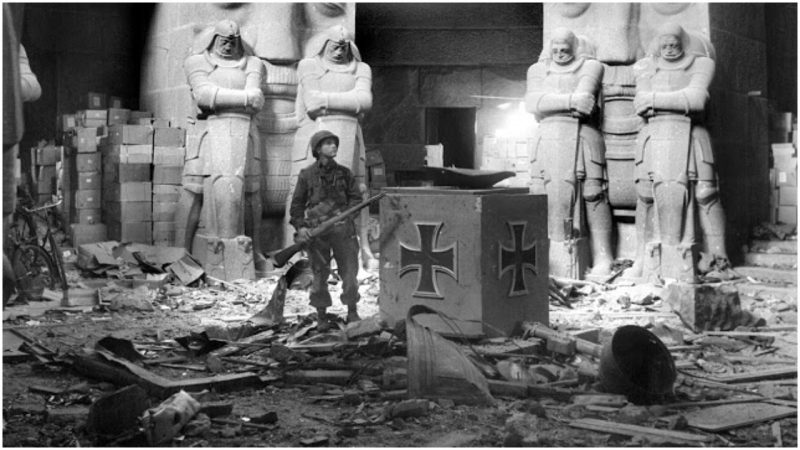When you hear the terms “World War II” and “looting” you usually think of the Axis powers taking anything they pleased from conquered nations. German troops certainly did rob their way across occupied Europe.
Many of the greatest cultural treasures as well as gold, jewelry, and property were taken by them. The Third Reich, especially its leaders, were notorious for their theft of priceless objects and even everyday items from occupied nations.
Alternatively, you might picture Soviet troops taking their revenge on Germany after the fall of Berlin in 1945. The Soviet Union certainly took the term “reparations” very broadly in their desire to visit the horrors of war back upon the Nazis.
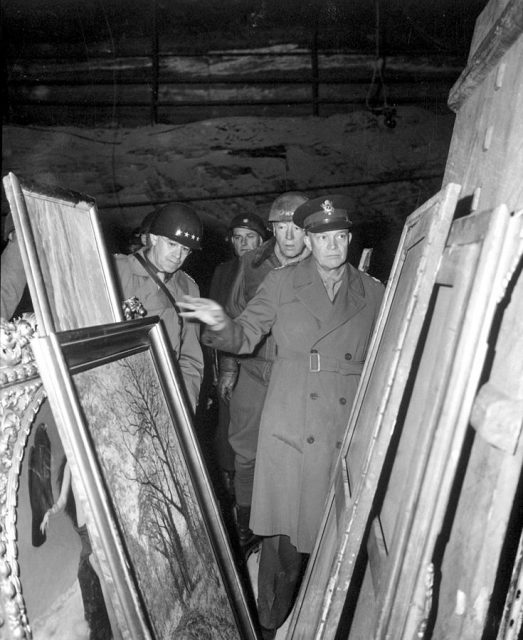
Whole factories were dismantled down to the foundations and sent East. The famous photo of the Soviet troops planting flags on the Reichstag actually has a censored portion where the Soviet officials are removing all of the captured or “liberated” wrist watches the soldiers are wearing.
But the focus of this article is on a third group that you might not think of when you talk about looting in World War II. I refer to the Western Allies and specifically to the American Army.
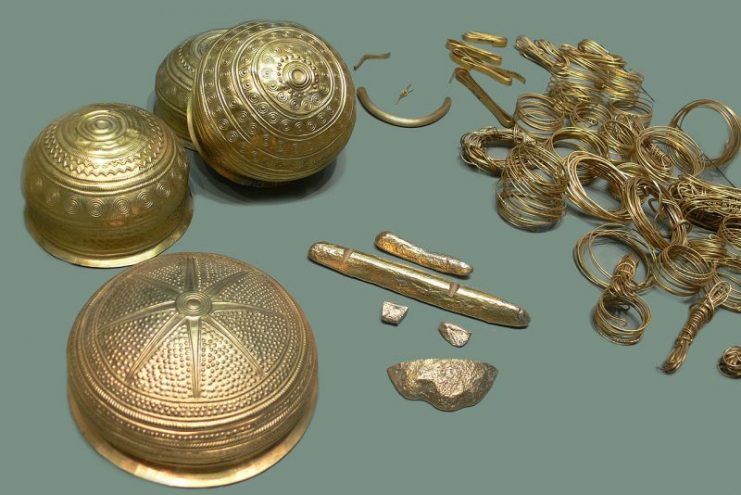
It has famously been said about World War II soldiers that certain countries fought for certain things. Britain fought for Honor, Russia fought for the Motherland, Americans fought for Souvenirs.
Souvenir-taking has a long and storied military history, especially in the United States. Soldiers throughout history have collected mementos from their military service. The gamut goes from enemy weapons and gear to priceless historical artifacts.
All over the world you find items taken from other countries in time of war and brought back as victory trophies and mementos.
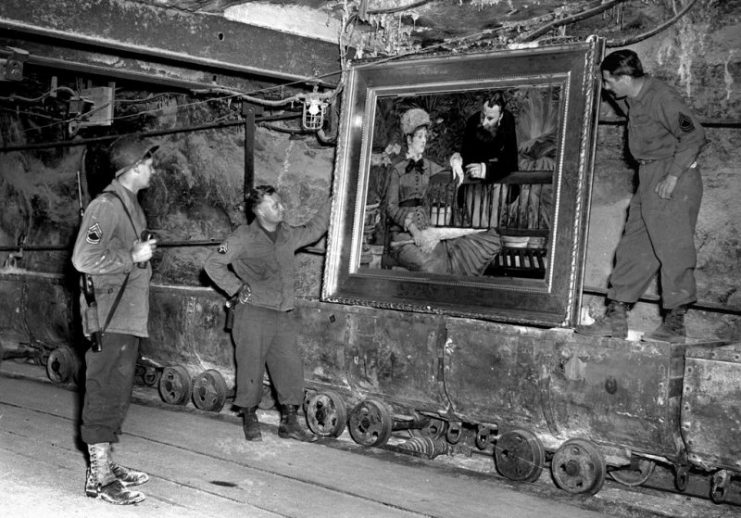
The US Army was no different in World War II. Souvenir-taking is a long accepted practice. Our fighting men would ship home items from almost anywhere they went.
American troops were certainly not immune from the temptation to take advantage of lax rules in a combat zone. In a combat area there are very few witnesses to what goes on. Who is to say whether you acquired the item legally or perhaps with a little persuasion?

When you are traveling through what was formerly a part of France and come upon a German officer with a Leica camera or a nice pair of binoculars, why would you not relieve him of such items?
Similarly, if you are staying the night in a bombed-out abandoned house and come across some silverware, or a nice silver tea set, there is a good chance the owner is not coming back for them, or that the owner is even alive.

Once Allied troops crossed over the German border, most of their scruples vanished. They had been fighting and dying in a war against the Germans for several years, so why not get a little extra for their efforts?
Soldiers could ship things home and hope the package would not be inspected or intercepted. Or they would simply put things in a bag and bring them back when they rotated home after the war ended.

However, this is not to say that all American troops took anything that wasn’t nailed down. Most American troops confined their souvenir-taking to things that were officially allowed.
This is why you can go to gun shops in America and find German, Italian, and Japanese weapons from World War II. Occasionally they are sold along with original army capture papers allowing a soldier to possess the item.
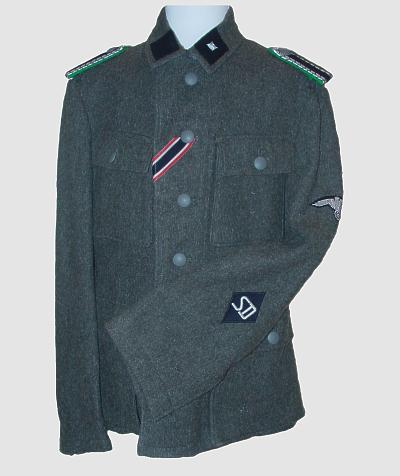
Other popular items, especially in Germany, were uniforms and flags of the Third Reich. Many collections began with a nucleus of items donated by returning troops. The Nazis, with their love of regalia, almost seemed as if they were preparing for their things to be displayed as symbols of their evilness and insanity.
The other side of this coin, of course, are the soldiers who took advantage of the situation to steal items that were not legitimate war booty. American armies conquered many areas where the Axis had warehoused their ill-gotten gains.
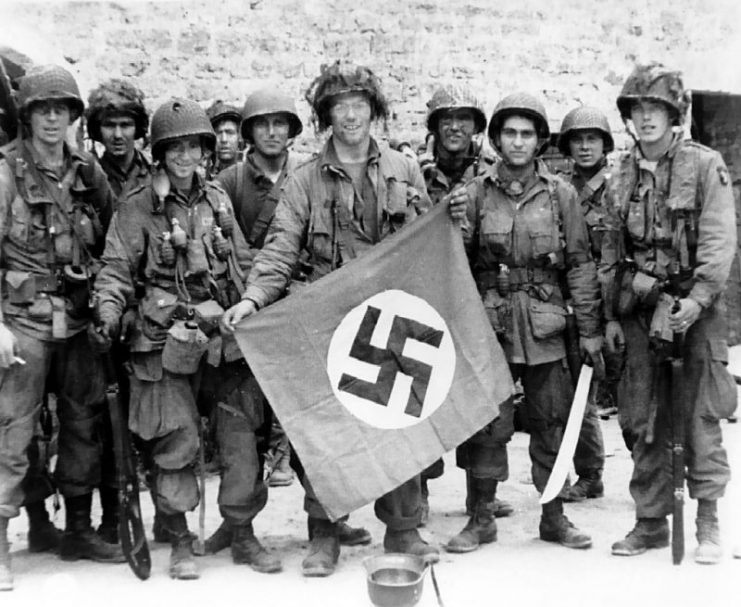
It’s not surprising that they were not able to resist the temptations. We have seen in recent years how heirs and survivors of WW2 veterans have come out of the shadows to sell items that were taken during the war.
These are then noticed by museums or heirs of the original owners who lost them during the war. Proving provenance on these items can be an issue, as all the original witnesses are mostly dead and the paperwork is long gone.
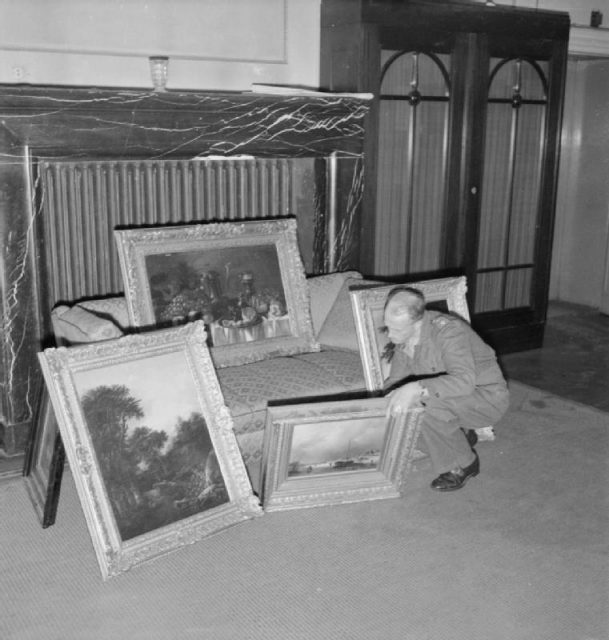
From artworks of Europe to fine antiques of Asia, our boys were susceptible to the siren song of loot. Stories also persist to this day that the early CIA got a lot of its funding for black projects from captured treasure hoards.
German treasures stolen from the murdered peoples of Europe were supposedly combined with the fabulous wealth reputed to have been stolen by the Japanese from Asia. This suggests that the looting may not have only been individual, but also may have been conducted on a semi-official basis when possible.
So while the American army was not on a similar plane of theft as the Axis, they were certainly not immune from taking what they could, officially or otherwise.
